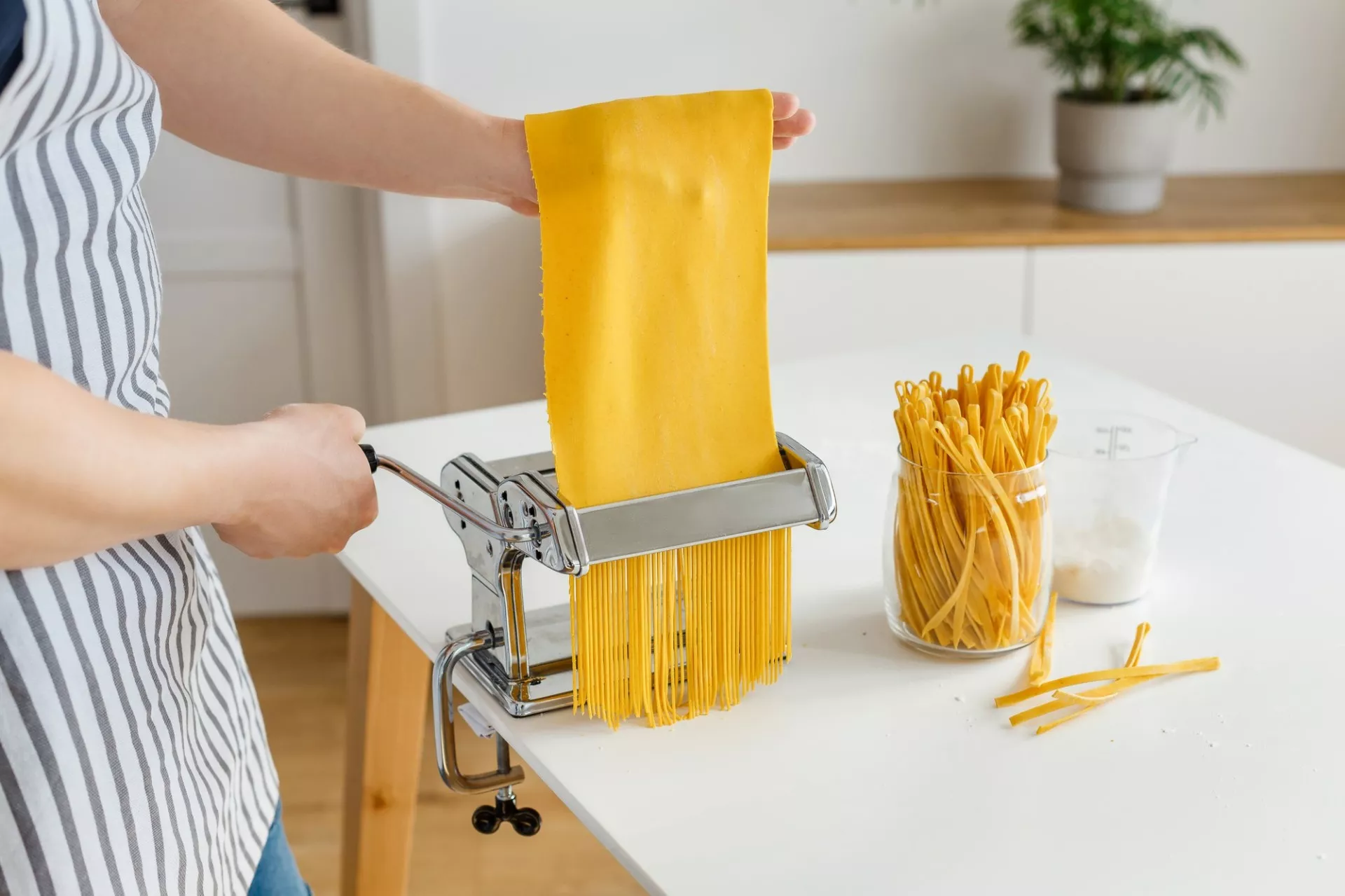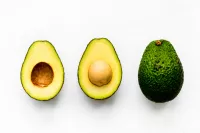How to Make Vegan Pasta at Home
Pasta dough is traditionally made with various flour blends, water, olive oil, as well as eggs; vegan pasta dough is a variation of the Italian classic that omits the egg. The majority of dry boxed pastas available in supermarkets are vegetarian, but making homemade eggless pasta dough is extremely easy.
Both handmade and store-bought variants use semolina. This is due to its high gluten content, which helps to create elastic properties in the pasta. Therefore, eggless pasta would be neither gluten-free nor suitable for those with specific allergies. Gluten-free flours, such as whole wheat, can be used to make pasta by including 2 tablespoons of guar gum to replace the elasticity provided by semolina flour.
Ingredients
- 200g finely ground semolina or durum flour
- Salt 1 teaspoon
- 1 teaspoon olive oil
Equipment Required
- Wooden board
- Fork
- Gnocchi paddle
Preparation Steps
The whole process can be broken down into smaller parts, starting with setting the flour and going all the way through to cooking the pasta. Here's how to make vegan pasta step-by-step.
Setting the Flour
- Put the flour on your cutting board or in a bowl. Stir in the salt.
- Create a well in the center of flour and pour in the water & olive oil.
- Begin by integrating the wet ingredients into the flour with a fork until you have a well-combined mixture.
Kneading the Dough and Making Sheets
- Transfer the pasta dough to lightly floured board and knead for about ten min, or until smooth and elastic. If it begins to feel too dry, add a little more water.
- Cover the dough with a moist tea towel or a muslin cloth and set aside. Put it in the fridge for 30 minutes to allow gluten to form.
- Divide the dough into halves. It is easier to implement it in stages. Roll out dough and flex it into thin layers with a rolling pin. Sprinkle lightly with flour while rolling the dough to keep it from sticking.
- The pasta should now be cut. First, decide on the structure you want. Simply roll the pasta sheet and cut it with a knife as thin or thick as desired.
Turning the Pasta Into your Choice of Shapes
The next steps are how you will transform your pasta into your preferred shapes. Here are some of the shapes that are perfect for vegan pasta and will go well with with your favorite sauces.
Orecchiette
The shape of the orecchiette is inspired by the name "little ears." This pasta is from the Puglia region of southern Italy. It is a traditional Pugliese dish served with a garlic, anchovies, and chili flakes sauce.
- Cut off a fraction of the dough & roll it into a long bacon shape about 1cm in diameter to make these ears.
- Split the log into parts about 1cm wide.
- Press the flat end of a straight-edged knife down onto dough and drag that towards yourself, having caused the dough to curl over the knife. With the knife motion, the pasta should inevitably turn outwards.
Trofie
Trofie comes from the Italian region of Liguria and is traditionally served with fresh herbs and pesto. Trofie is thought to be derived from the Ligurian word strufuggia, which means "to rub." The procedure of swabbing the dough against wooden board to generate the unique twirls of this shape.
- To make trofie, split a piece of dough and roll it into a thin bacon shape about 5mm thick.
- Make 2-3cm pieces of dough. Then, using the palm, quickly roll each piece away from you in a diagonal direction on a wooden board.
- The trofie should begin in the center of the palm and roll out to the outside.
Strascinati
The name strascinati comes from the Italian word strascinare, which means "to drag," and was influenced by the procedure of dragging bits of dough above a knife to shape it. This pasta has a distinct leaf shape and is often seen in Basilicata in South Italy. Typically, this dish is prepared of olive oil, lard, basil, and garlic.
Cooking the Pasta
It only takes a couple of minutes to prepare your fresh vegan pasta. Simply bring water to a simmer with salt, then add the pasta and cook for about 2-3 minutes. When the pasta rises to the surface of the pan and is perfectly soft, it is ready. If you tend to favor softer pasta, simply cook for an additional minute or two.
Serving the Pasta
Once your pasta is ready, you can choose to serve it any way you like, with a delectable sauce, a simple salad, or anything else. If you are looking for a super easy vegan pasta meal, you can toss the pasta into some pistachio pesto or carrot leaf pesto, along with loads of sautéed vegetables like spinach, and cherry tomatoes.
Some go for adding the pasta to a little olive oil and fresh herbs, coupled up with a handful of veggies to prepare a rich pasta salad for breakfast or brunch.
Storing the Pasta
The fresh pasta freezes extremely well. Simply place it in a sealed container and you can freeze it for up to 2 months. If you've made a large batch, you can divide the pasta into specific 'nests' to grab and use as needed. There's no need to thaw your pasta when cooking it from frozen. Simply place it in salted boiling water for 3-5 minutes, or until soft.

 How to Make Sushi
How to Make Sushi 19 Avocado Recipes So You Never Waste One Again
19 Avocado Recipes So You Never Waste One Again



